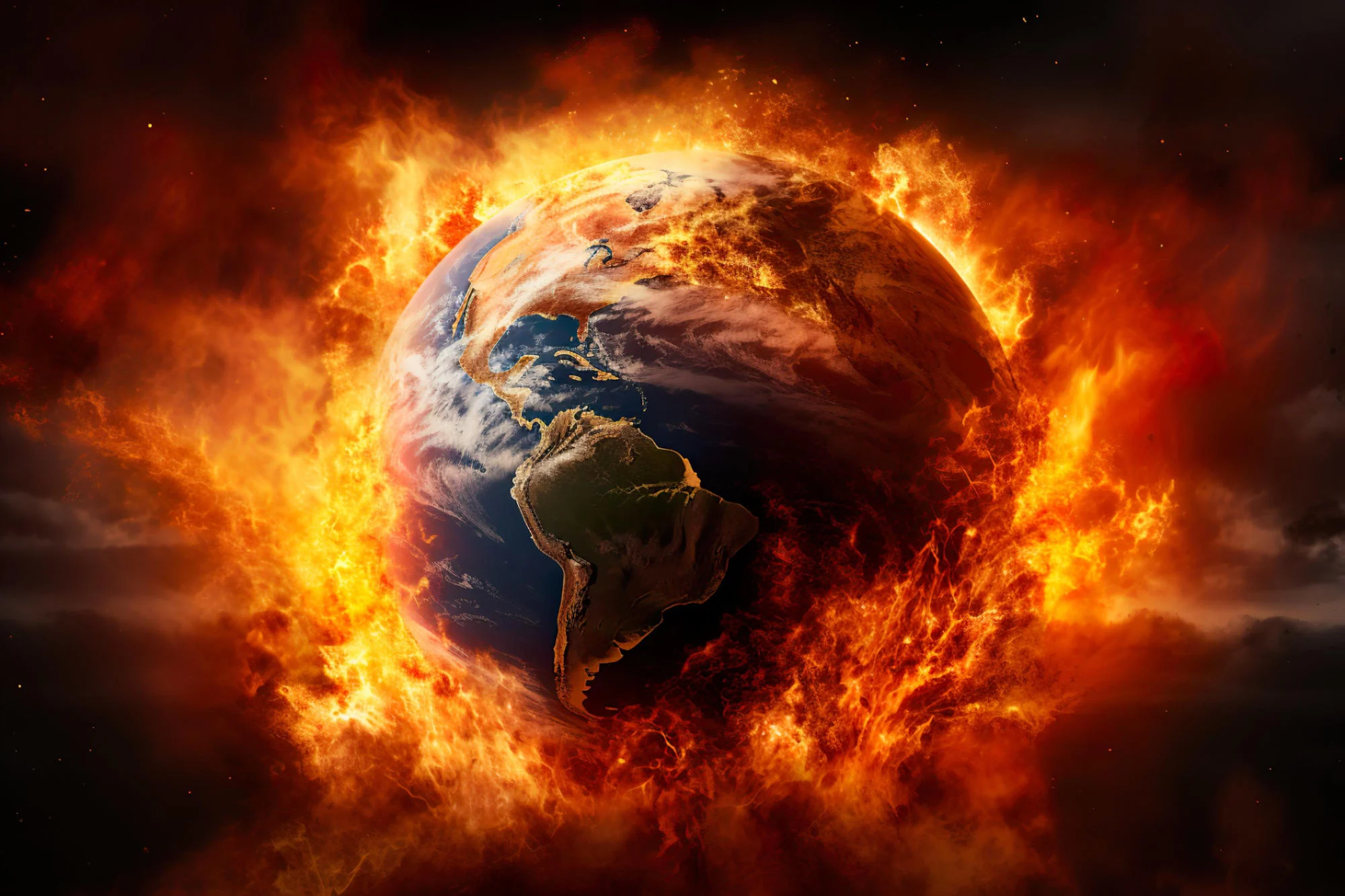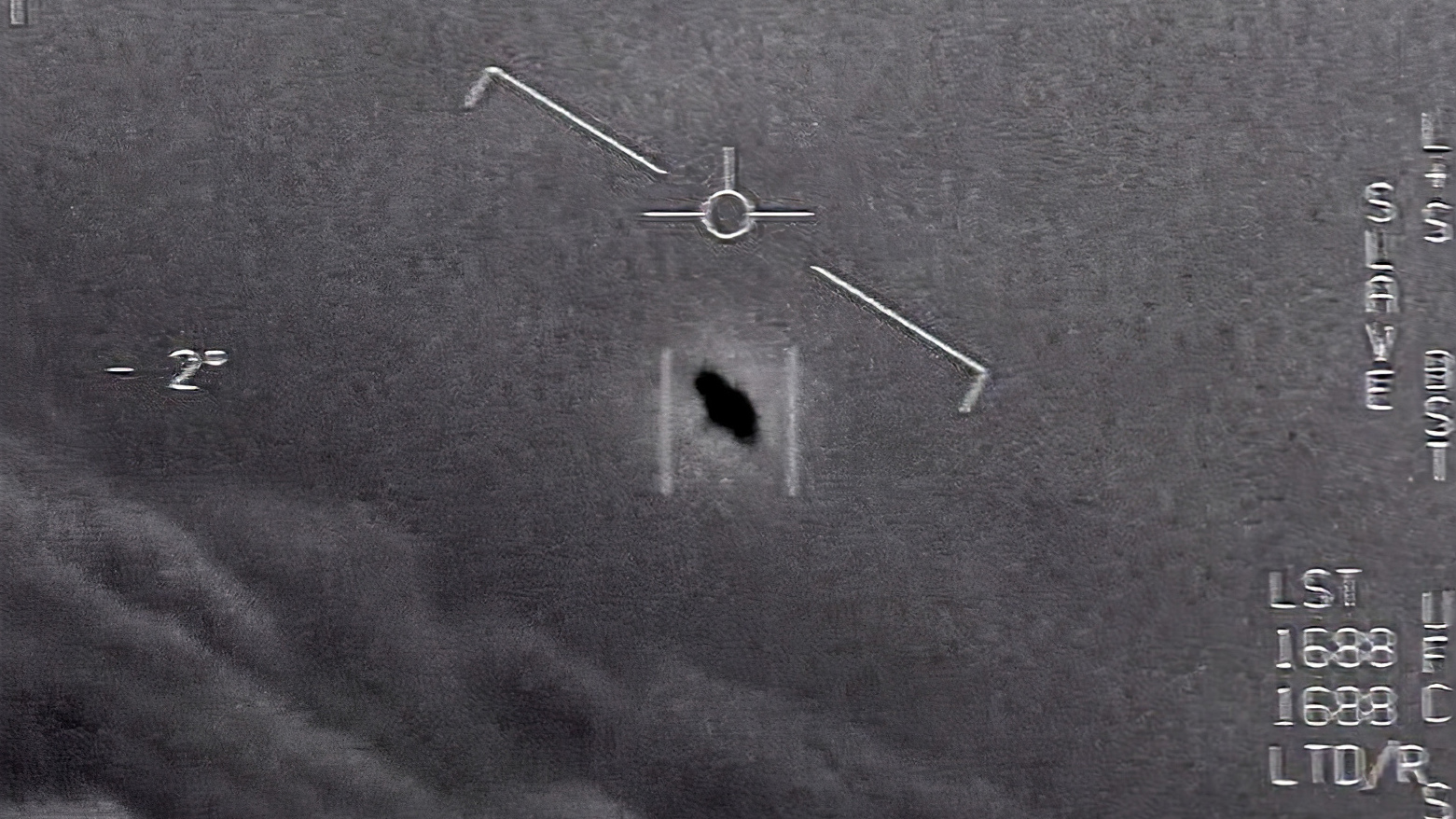Sixty years ago, physicist Enrico Fermi looked up at the night sky and posed a haunting question: “Where is everybody?” He was referring, of course, to extraterrestrial life. Today, the mystery remains unsolved. Despite decades of searching for aliens, humans have yet to encounter any. Why? There are thousands of possible explanations, but here are 12 of the most intriguing — and occasionally unsettling — theories.
1. We’re Searching in the Wrong Universe
The notion of a multiverse has been captivating physicists for decades. What if alien life thrives in a parallel universe rather than our own? A 2024 study explored this idea by examining the factors that make a universe conducive to life. Central to the study was "dark energy," the mysterious force driving the cosmos’ accelerated expansion.
The findings revealed that our universe might not be optimal for star formation, with only 23% of ordinary matter forming stars. Hypothetically, a better-balanced universe could create up to 27% of stars, providing more opportunities for habitable planets to emerge. This raises a tantalizing possibility: life may flourish just next door — in a parallel universe we cannot yet access.
2. Aliens Don’t Need Planets
Conventional wisdom holds that alien life requires planets to survive, but a 2024 study challenged this assumption. Researchers posited that advanced lifeforms could thrive in free-floating space colonies, independent of any celestial body. These hypothetical structures might be enormous, self-sustaining ecosystems encased in shells to protect against cosmic radiation and vacuum conditions.
While the idea may sound far-fetched, humans already have a precedent: the International Space Station. Tardigrades, too, can survive in space for extended periods. Such self-contained colonies, though rare, could exist beyond the boundaries of traditional planetary searches.
3. Aliens Are Trapped in Underground Oceans
Moons like Europa and Enceladus, with icy exteriors hiding vast subsurface oceans, offer tantalizing clues about where alien life might reside. NASA physicist Alan Stern argues that these hidden aquatic worlds could shield life from radiation, meteor impacts, and inhospitable atmospheres.
However, these hypothetical alien civilizations may face an unusual problem: they might not even know that outer space exists. Living deep below ice layers, such lifeforms would be entirely self-contained and unaware of the universe above. NASA's Europa Clipper, set to arrive in 2030, could provide humanity’s first direct look at these secretive habitats.
4. Super-Earths Are Alien Prisons
Super-Earths, planets with masses up to 10 times that of our own, are scattered across the galaxy. Many of these worlds could host liquid water and potentially sustain life. But the immense gravity on such planets could make escaping their surfaces nearly impossible.
For example, a rocket capable of escaping a super-Earth's gravity might need to be 2.4 times more powerful than anything humans have ever built. The sheer energy and resources required for space travel might permanently confine these civilizations to their home planets, rendering interstellar communication or travel infeasible.
5. We’re Looking for the Wrong Kind of Aliens
Humans tend to imagine aliens as biological beings, but futurist Seth Shostak suggests we might be missing the mark. Any civilization advanced enough to develop radio communication would likely progress to artificial intelligence within a few centuries. These intelligent machines could replace biological life entirely, creating a galaxy populated by robotic entities.
If this is true, alien life may not be searching for habitable planets at all. Instead, they might gravitate toward energy-rich environments, such as the cores of galaxies. Reorienting our search to target these regions might yield surprising results.
6. We’re Too Distracted to Recognize Aliens
What if aliens are already here, but we’re too preoccupied to notice? A 2024 study demonstrated this concept with a clever experiment. Researchers asked participants to scan images of distant planets for signs of alien structures. Hidden in some images was a person in a gorilla suit. Shockingly, only 30% of participants noticed the figure.
This highlights a fundamental problem with human perception: our preconceived notions limit our ability to detect the unexpected. If aliens look or behave in ways we can’t imagine, we might overlook them entirely.
7. Humans Might Destroy the Aliens
Theoretical physicist Alexander Berezin proposed a grim scenario in which the first civilization to achieve interstellar travel might inadvertently wipe out all others. Expansionist civilizations may destroy smaller organisms simply by outcompeting them for resources, much like construction crews unknowingly demolish ant colonies.
In this scenario, humans could be the culprits or the victims. If we encounter extraterrestrial life, we’ll need to decide quickly whether to cooperate or compete — a decision that could shape the fate of both species.
8. Climate Change Could Kill Advanced Civilizations
Astrophysicist Adam Frank argues that civilizations relying on unsustainable energy sources are doomed to collapse. His mathematical models show that resource overconsumption leads to rapid population decline in three out of four scenarios. Only societies that transition to sustainable energy early in their industrial revolutions manage to survive.
If Frank’s theory holds, alien civilizations may succumb to self-inflicted environmental disasters before they can make meaningful contact with others. This offers a sobering parallel for humanity’s own struggle with climate change.
9. Even Renewable Energy Can Doom Aliens
A 2024 study extended Adam Frank's work by examining the long-term effects of renewable energy use. Surprisingly, even eco-friendly civilizations generate waste heat, which accumulates over time and can trigger catastrophic climate change. The study suggests that within 1,000 years of an industrial revolution, waste heat could overwhelm any planet’s climate system.
This grim conclusion implies that civilizations relying on ever-growing energy consumption, even sustainably, might still face extinction before they can reach the stars.
10. Evolution Might Be Too Slow
Life’s complexity requires immense time to evolve. On Earth, it took nearly 4 billion years for intelligent life to emerge. In many cases, external events like asteroid impacts, supernovae, or volcanic eruptions could reset the evolutionary clock on other planets, preventing life from reaching advanced stages.
This slow pace of evolution, combined with cosmic hazards, means that intelligent alien species might arise far less frequently than we imagine. Even if life exists on distant planets, it may still be in its microbial or primitive stages.
11. The Universe Is Just Too Vast
The observable universe spans 93 billion light-years, containing billions of galaxies, each with billions of stars. Even if intelligent alien civilizations exist, the distances between us could be so immense that meaningful communication or travel is impossible.
Consider this: radio waves traveling at the speed of light would take 25,000 years to reach the center of the Milky Way. If alien civilizations are similarly isolated, we might never hear from them, even if they’re trying to communicate.
12. We’re the First Intelligent Species
Finally, the most humbling explanation of all: maybe humanity is the first intelligent species to emerge. The universe is roughly 13.8 billion years old, but complex life on Earth only appeared in the last few hundred million years. Perhaps the conditions required for intelligence are so rare that it hasn’t happened anywhere else — yet.
If this is true, humanity has a unique responsibility. As the potential pioneers of interstellar exploration, we must tread carefully, ensuring that our actions don’t extinguish the chance for future intelligent life to thrive.
The Fermi Paradox: A Cosmic Riddle
The absence of alien contact is both unsettling and fascinating. Each of these theories offers a glimpse into the challenges of finding intelligent life in a universe as vast and complex as ours. Whether aliens are hiding beneath ice, trapped on distant worlds, or extinguished by their own actions, their silence teaches us valuable lessons about the fragility and resilience of life.
As we continue our search, one question lingers: are we truly alone, or are we simply looking in the wrong places? For now, the answer remains among the stars.



























0 Comments